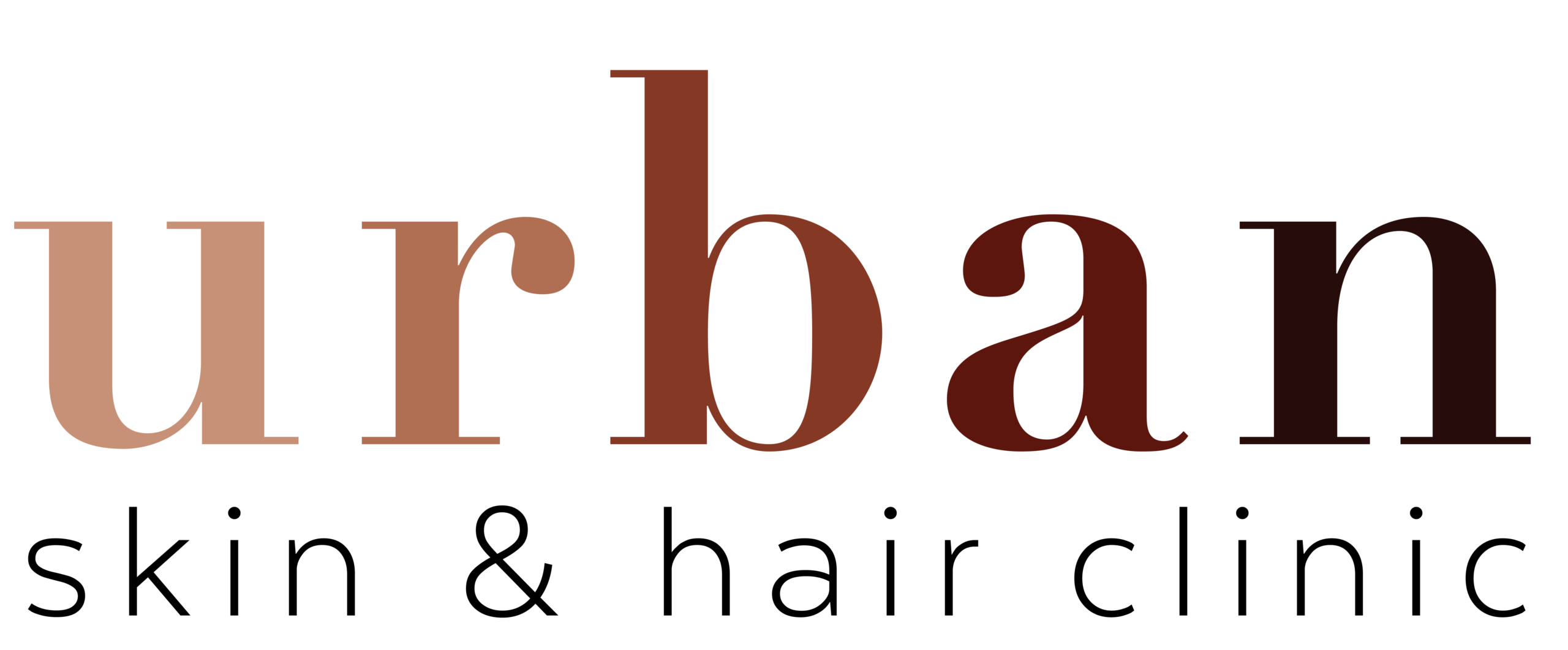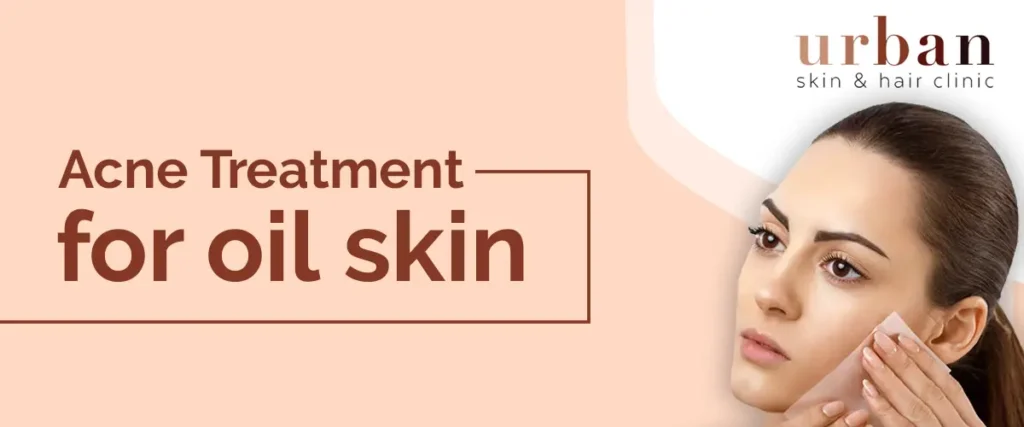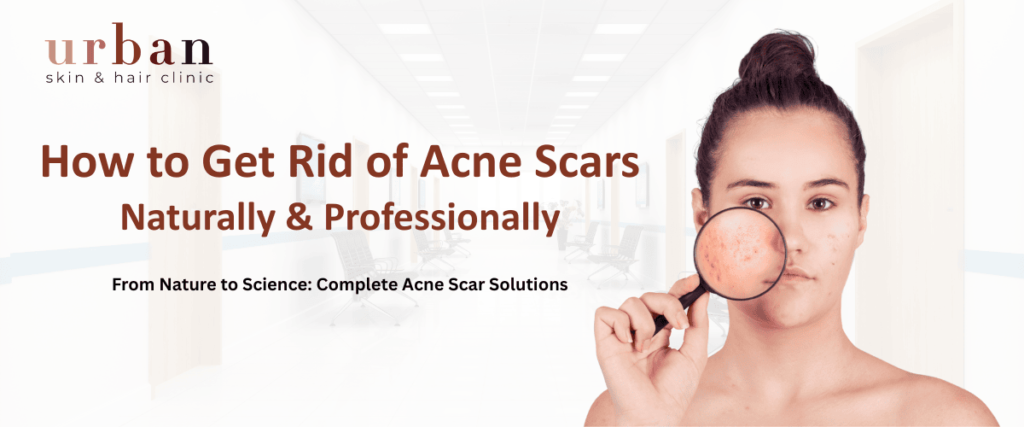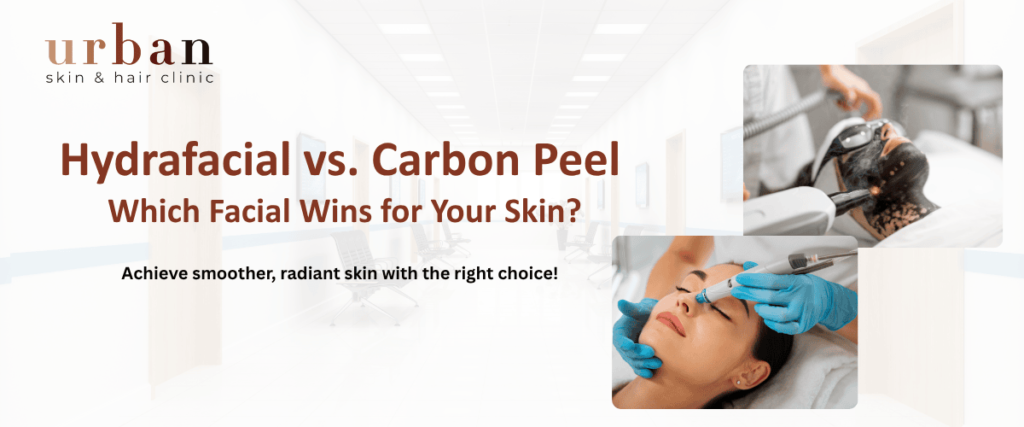Struggling with sudden breakouts this rainy season? It might not be your usual acne. Learn the key differences between fungal and regular acne and how to treat it the right way, especially in Pune’s humid weather.
Table of Contents
- Why Acne Gets Worse During Monsoon
- What is Fungal Acne?
- Fungal Acne vs. Regular Acne: What’s the Difference?
- Causes of Fungal Acne in Pune’s Climate
- How to Prevent It This Rainy Season
- Effective Treatments Available at Mansion Skin & Hair Care
- Mistakes to Avoid While Treating Monsoon Acne
- When to See a Dermatologist
- Final Takeaway
- Key Points to Remember
Why Acne Gets Worse During Monsoon
Monsoon in Pune brings some relief from the heat, but it also increases humidity levels. This creates the perfect environment for various skin issues, especially acne. Excess sweating, clogged pores, and wearing damp clothes often lead to breakouts. But sometimes, those breakouts aren’t regular acne, they’re fungal acne, and they need different treatment.
What is Fungal Acne?
Fungal acne isn’t actually acne at all. It’s a skin condition called Malassezia folliculitis, caused by yeast (a type of fungus) that naturally lives on your skin. When the weather is humid and sweaty, like it is during Pune’s monsoon, this fungus can multiply quickly and infect your hair follicles, leading to tiny, itchy, pimple-like bumps.
Unlike bacterial acne, fungal acne doesn’t respond to typical acne creams or face washes.
Fungal Acne vs. Regular Acne: What’s the Difference?
Here’s a simple comparison to help you identify what you’re dealing with:
FeatureFungal AcneRegular Acne
Cause Yeast (fungus) Bacteria, oil, clogged pores
Appearance Small, red, itchy bumps (same size) Pimples, blackheads, whiteheads
Common Areas Forehead, chest, back Face (T-zone), cheeks, chin
Feels like an Itchy or burning sensation, Painful or tender to touch
Response to acne creams doesn’t improve usually gets better
Triggers: Sweat, humidity, wet clothes, Oily skin, hormonal changes
If your skin is itchy and your pimples are not responding to regular acne products, chances are you might be dealing with fungal acne.
Causes of Fungal Acne in Pune’s Climate
Pune’s monsoon season from June to September is warm, damp, and humid. That combination leads to:
- Excessive sweating, especially during travel or gym workouts
- Wearing raincoats or wet clothes for long hours
- Pollution and dust getting stuck to damp skin
- Tight clothing(leggings, helmets, backpacks) that traps heat and sweat
- Using oily or thick skin creams that clog the pores
This warm, wet skin environment becomes a breeding ground for fungal overgrowth.
How to Prevent It This Rainy Season
Prevention is always better than cure. Here’s what you can do to keep fungal acne away:
- Shower immediatelyafter getting drenched in rain or after sweating
- Use anti-fungal body washeswith ingredients like ketoconazole or zinc pyrithione
- Avoid heavy moisturisers or oilson your face and back
- Choose loose, breathable cotton clothes
- Wash pillowcases and helmets regularly
- Never share towels or cosmetics during the monsoon.
A few simple changes can protect your skin from major irritation.
Effective Treatments at Urban Skin & Hair Care, Pune
If you’re already experiencing stubborn, itchy breakouts that don’t improve, don’t worry — we’ve got the right solutions.
At Urban Skin & Hair Care, we offer monsoon-specific treatments:
Anti-Fungal Medifacial
A deep-cleansing facial designed to remove sweat, sebum, and fungal buildup from pores. Soothes irritated skin and prevents recurrence.
Chemical Peels
Mild peels with salicylic or glycolic acid that exfoliate dead skin, unclog pores, and kill fungus. Best for forehead, back, and shoulder areas.
Carbon Peel Therapy
Ideal for oily and acne-prone skin. This laser-based detox clears the skin and shrinks oil glands, helping you stay fresh and breakout-free during the monsoon.
Dermatologist Consultation
Personalized diagnosis and prescription, especially if you’ve been using the wrong over-the-counter products.
All treatments are available at our clinic in Pune. Visit us in Kothrud or call to schedule a free consultation today.
Mistakes to Avoid While Treating Monsoon Acne
Avoiding the wrong steps can save you from worsening your skin issues:
- ❌ Don’t use thick moisturisers or oils(especially coconut oil) on affected areas
- ❌ Stop using regular acne productsif they’re not working
- ❌ Avoid over-scrubbingor using harsh exfoliators
- ❌ Don’t pop or pick at the bumps— it can lead to scarring
- ❌ Don’t self-diagnoseor mix multiple treatments
Stick to a gentle, medically-approved routine.
When to See a Dermatologist
It’s time to consult a professional if:
- Breakouts are itchy, red, and spreading
- You’ve been using acne products with no results after 2 weeks
- The bumps are appearing on your back, chest, or arms
- Your skin is reacting badly to DIY or home remedies
At Mansion Skin & Hair Care, we treat your skin with precision, care, and customized plans—especially designed for Pune’s weather conditions.
Final Takeaway
Fungal acne is more common than you think, especially during the monsoon. The humid air, wet clothes, and trapped sweat create the perfect environment for it to grow. But once you understand the difference between fungal and regular acne, treating it becomes easy and effective.
With the right skincare habits and a little help from our experts at Urban Skin & Hair Care, you can enjoy clear, healthy skin all monsoon long.
Key Points to Remember
- Fungal acne is caused by yeast, not bacteria.
- It’s itchy, red, and appears in clusters mostly on the forehead, chest, and back.
- Pune’s humid monsoon climate makes it worse
- Avoid oil-based products, and wear breathable fabrics.
- Use antifungal body washes and consult a skin specialist for persistent issues.
- Visit Urban Skin & Hair Care for expert monsoon skin treatments.





